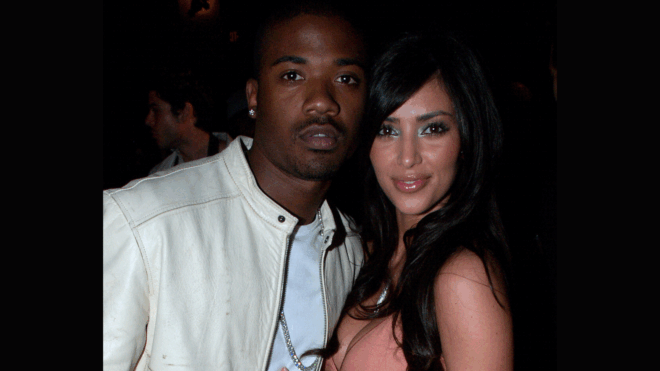Every parent wants to keep their child safe from harm. Once you have a baby, you never want anything to happen to your little angel.
One thing many parents are concerned about is car seat safety. It seems like there are new rules and regulations every week about what's safest for your little ones in the car, but even with all the information that's available out there, it sometimes still seems unclear.
Parents often find themselves strapping kids into car seats wondering if the seat is too uncomfortable, if their kids should be facing forwards or backwards, if they have the chest clip high enough, if the straps are tight enough — the list goes on and on.
There are a lot of questions when it comes to car seat safety, so one mom decided to try to help out her fellow parents by posting on Facebook.
The note she wrote about car seats got a lot of attention, especially because she started it with an eye-catching photo.
[H/T Babble]
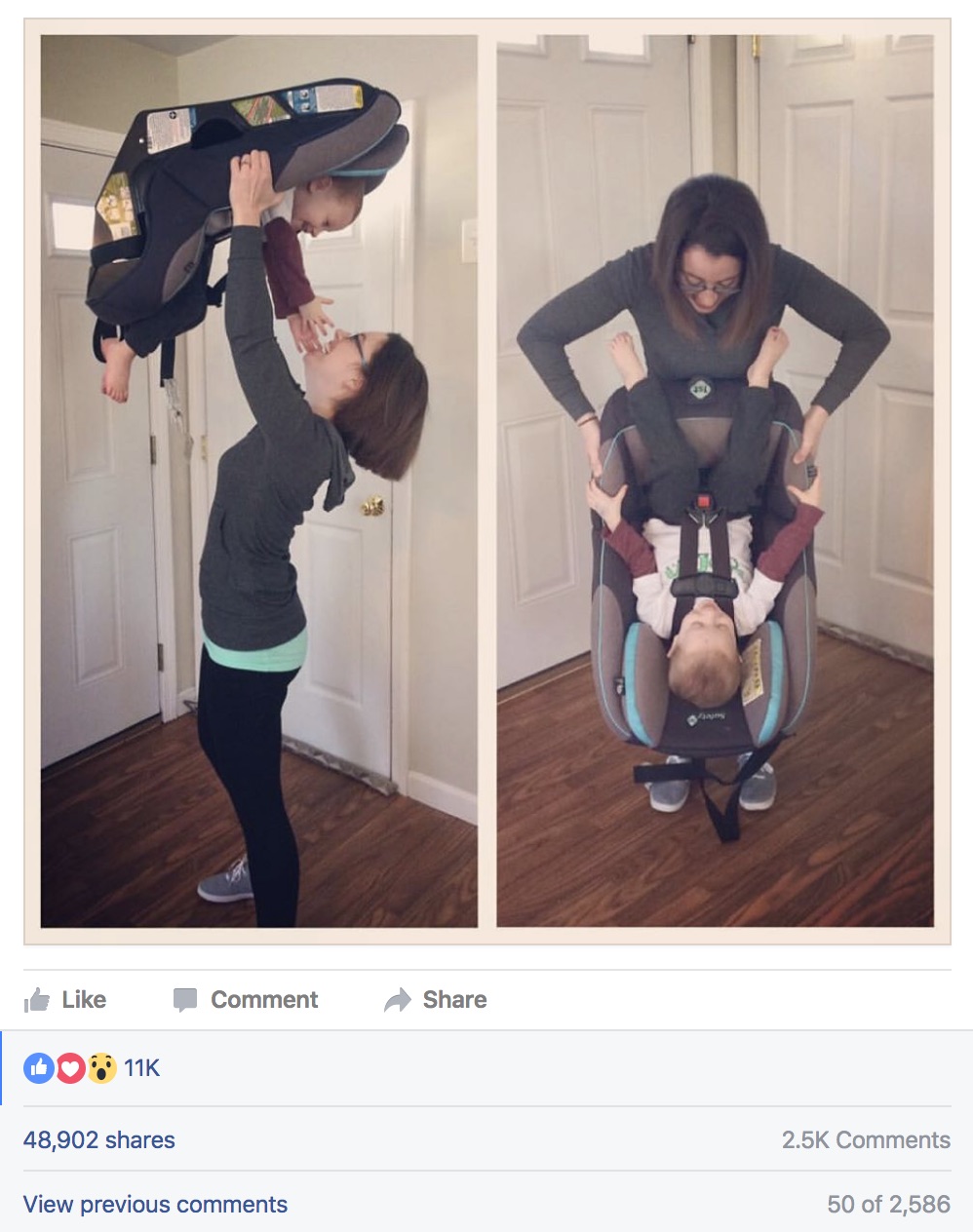
On March 17, Rachel McNamara wrote a short post on Facebook that said, "After strapping your child into their car seat, ask yourself if you'd be comfortable flipping it upside down. Remember that the chest clip should be at armpit level and the straps should be tight enough to pass the pinch test."
Her post went completely viral — it got over 11,000 likes and 48,000 shares.
People were so interested in what Rachel wrote that she decided to elaborate with more information on car seat safety.

Rachel wrote:
First, I’d like to clarify that I’m not advocating that parents should be flipping their kids upside down before every car ride.
Just that they should feel confident that their child would be safe IF the car seat was flipped over in an accident.
I think this is a great visual and shows just how important proper car seat use is.
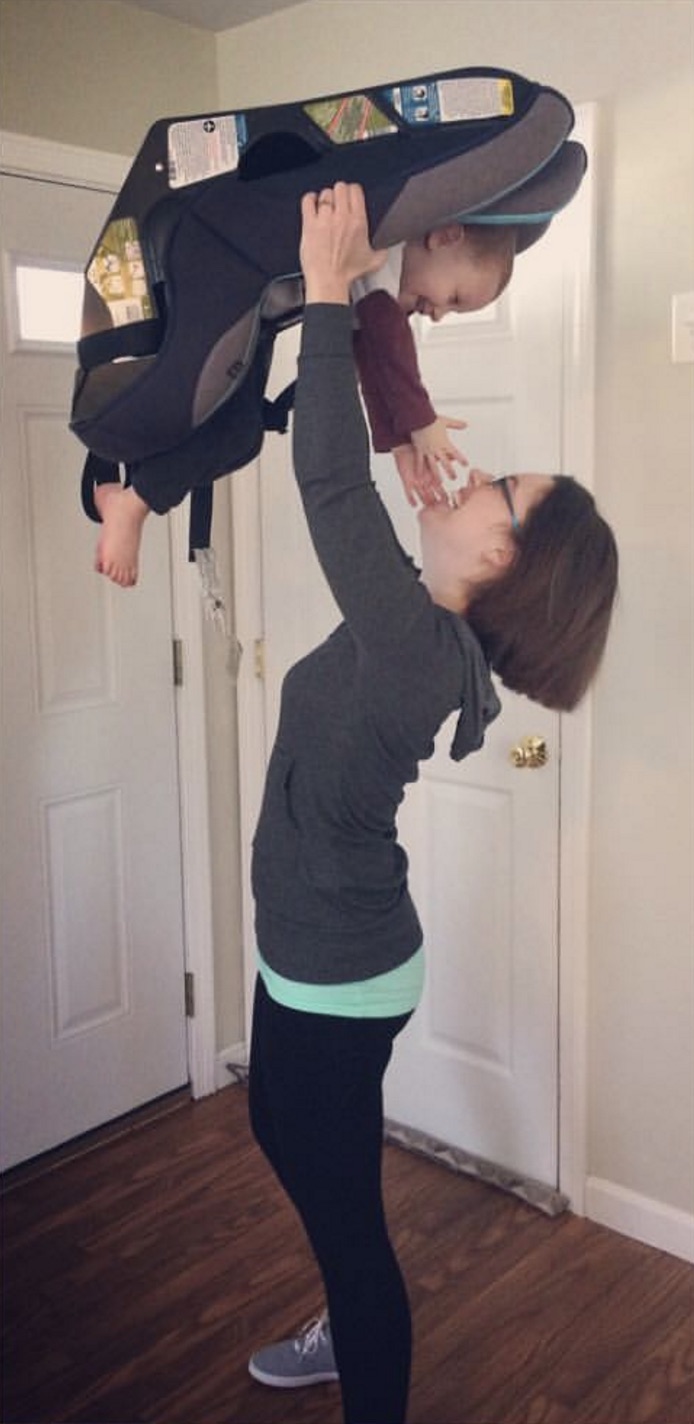
Second, is about what slots the shoulder straps should be placed in.
Please read your car seats manual first because there are some exceptions.
But with most car seats when they are rear facing the straps should be at or below their shoulders and when they are forward facing the straps should be at or above their shoulders.
Again, always check your car seats manual first!
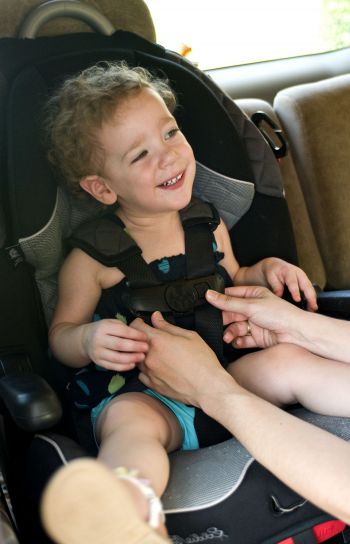
Third, the “pinch test” is a test you do after your child is buckled in and the chest clip is in the proper place.
You shouldn't be able to pinch any of the strap between two fingers.
This test should be done near the shoulders
If you can pinch the strap here's what to do: move the chest clip back down, tighten the straps, move the chest clip back up and test again.
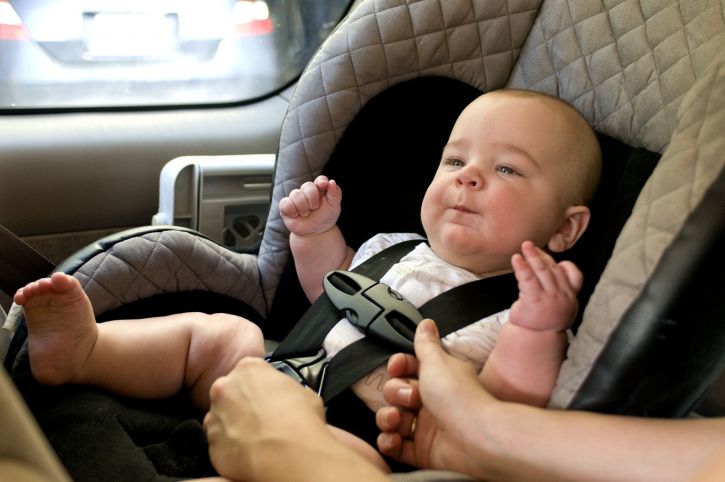
Fourth, correct car seat installation is just as important.
The first thing you'll want to do is read both your car manual and the car seat manual.
A few key points:
There should be less than an inch of movement of the car seat at the belt/latch path.
Always use the top tether when forward facing.
Only uses the latch system OR the seatbelt to install your car seat. Never use both (with the exception of a few brands).
Check your car seats manual.
If you need help installing your car seat or have any questions about what seat would be best for your child or the best fit in your car, call your local Child Passenger Safety Technician (CPST).
Remember that not all fire departments or police stations have a CPST and may not be educated about car seats.
To find one, click here: http://cert.safekids.org

Fifth, and this is a big one that will probably start some controversy.
Rear facing as long as possible is always the safest option.
Both the NHTSA and AAP recommend rear facing to the MINIMUM of 2 years old.
But ideally they should rear face until they max out the seats weight or height limits (whichever comes first).
There is a common misconception that once a child's feet can touch the back of the seat that they need to be forward faced because their legs could become injured in an accident.
This is simply not true. Their legs are actually LESS likely to sustain injuries while rear facing.
Some people may say "my child looks so cramped rear facing." But truthfully toddlers are extremely flexible and can find very creative places to put their legs to get comfortable.
Please consider extended rear facing your child. Car accidents are the leading cause of injury and death in children.
People might also say "20 years ago I didn't even wear a seatbelt and I'm perfectly fine!"
Well, that person got lucky. There are many children who are not alive today to tell their story.
Times have changed. There are more drivers on the road today. We have more distracted drivers due to cell phones.
We also know a lot more than we knew back then about children's bones and development.
Car seats are constantly evolving to become safer. There was once a time when cars didn't even have seat belts or airbags.
Do you know why cars have seat belts and air bags now? Yup! Because it's SAFER.
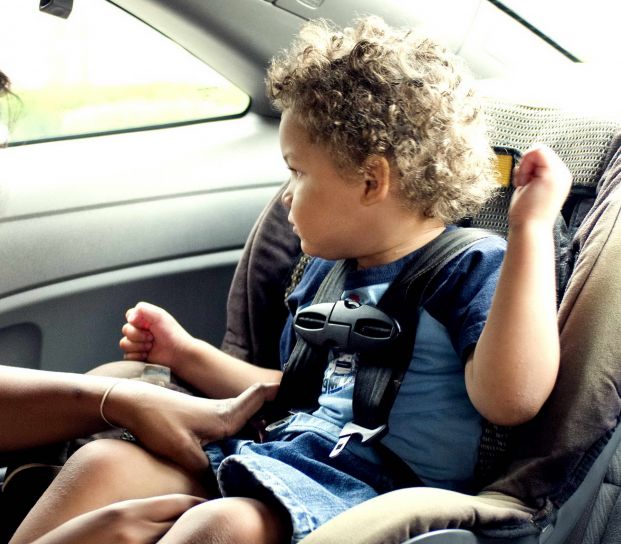
Sixth, I want to talk about “aftermarket products.” These are products sold separately from the car seat itself.
Things like: Infant inserts*, shoulder pads, toys that hang on the carrying handle, winter buntings**, and seat protectors*** should NOT be used.
Those items were not crash tested with that seat and could cause the seat to malfunction in an accident.
BUT if your car seat came with an infant insert or pads, those are perfectly safe to use.
Click here to read more about aftermarket products: http://csftl.org/non-regulated-products
*If your newborn needs extra support, most manufacturers allow rolled up receiving blankets to provide that support. Check your car seats manual for more information.
**As far as winter buntings, there are some exceptions. As long as the material doesn't come between the baby and the car seat and/or straps, it can be used. Always be aware and make sure it doesn't affect installation. To go along with this, no puffy coats should be worn in a car seat. The coat can be compressed in an accident leaving the straps not fitted correctly. You are best to dress you child in light layers (onesie, long sleeve shirt, fitted fleece jacket) then cover them in a blanket once buckled in. Click here for more ideas to keep your child safe and warm during the winter: http://csftl.org/hello-winter-good-bye-coat
***The thick, grippy material of seat protectors interfere with correct installation. Using a thin towel or receiving blanket to protect your seats is allowed by most manufacturers. Again, always check your manual first.
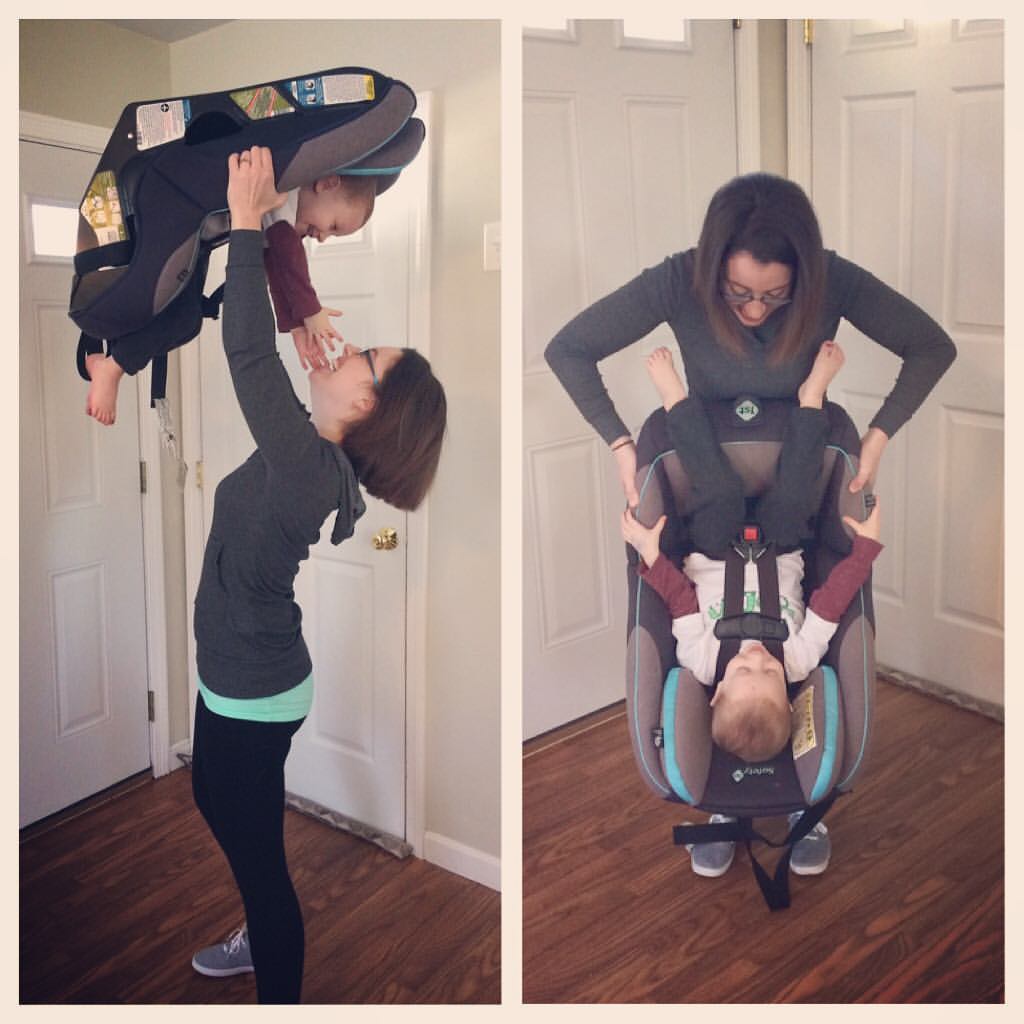
Seventh: Never buy a used car seat unless it comes from someone you can absolutely trust.
You can't always tell if a car seat has been in an accident or if it was cared for properly.
To add, every car seat has different wash and care instructions.
I'm going to sound like a broken record…but…always read your manual!
If you love learning about better ways to keep kids safe, please SHARE this with your friends and family!



